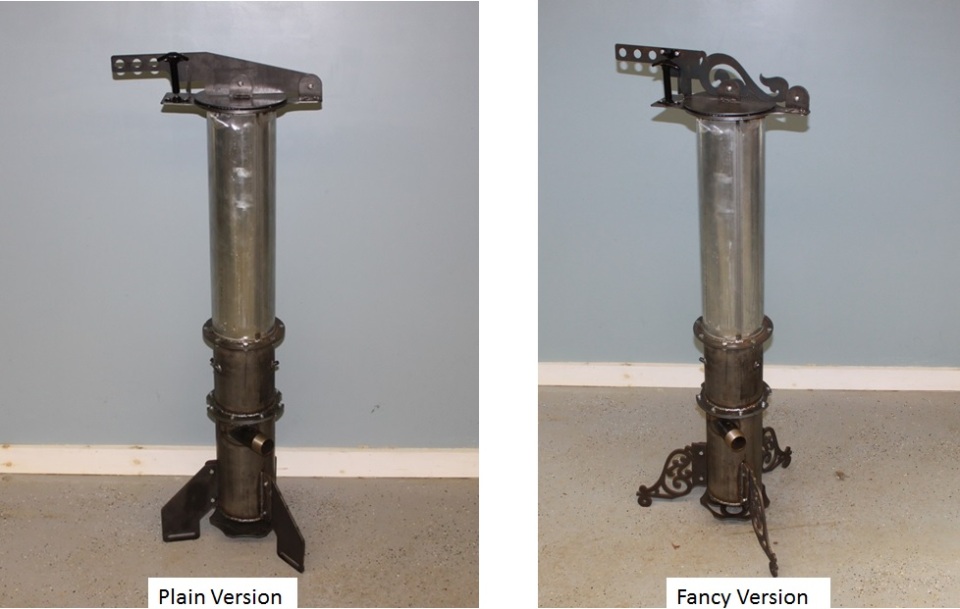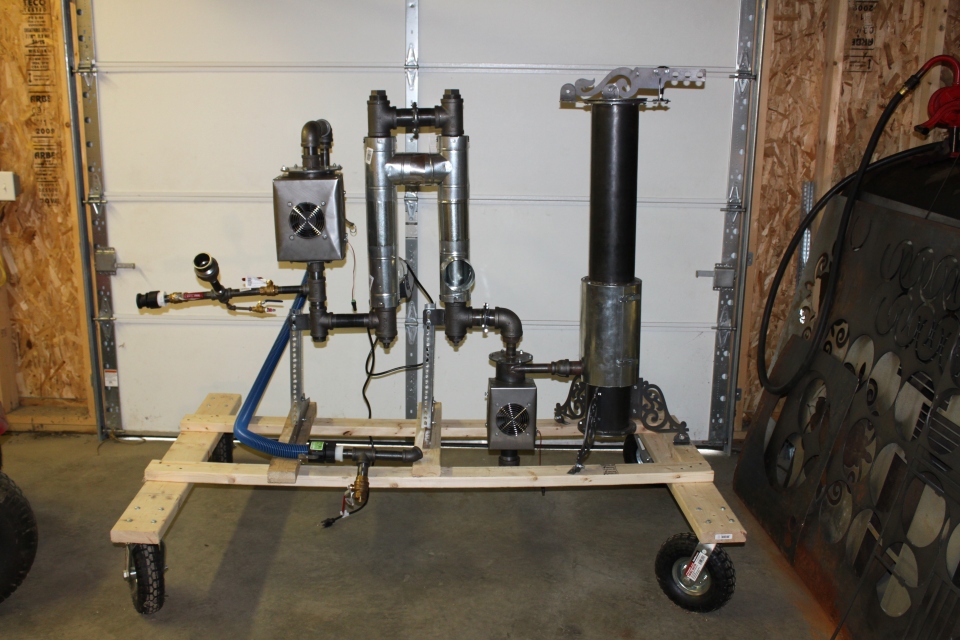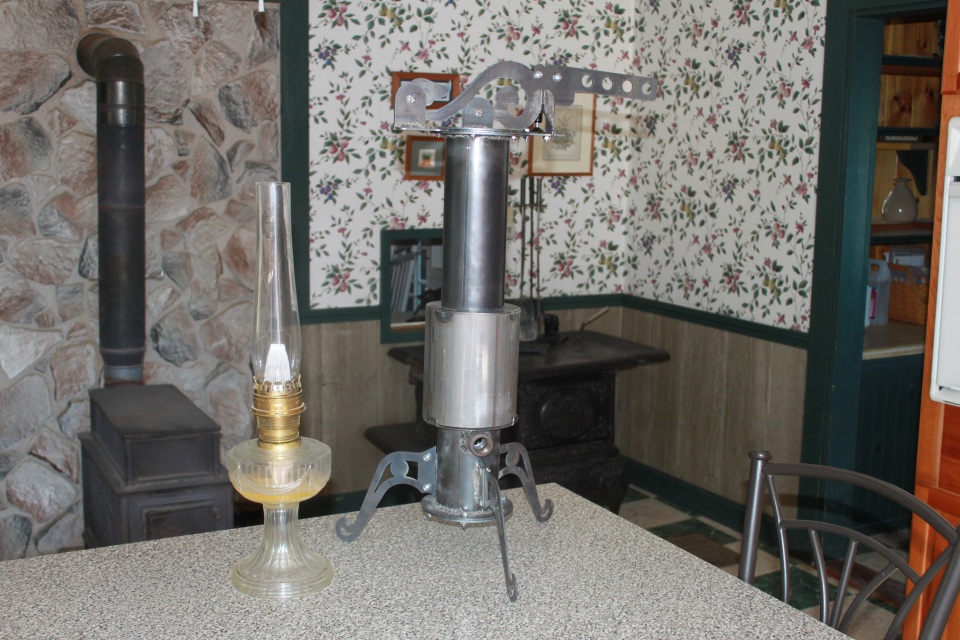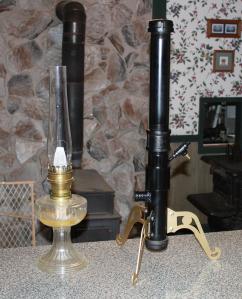What is gasification?
Gasification is the process of taking dry biomass or coal and turning it into a flammable gaseous fuel. The process begins by burning a small amount of fuel very intensely and with insufficient oxygen to complete combustion. The hot carbon dioxide then flows through a charcoal bed and is “reduced” to carbon monoxide, a flammable gas. If there is any water present a portion of the steam may react with the charcoal, splitting the water molecules and producing hydrogen and carbon monoxide as well.
Gasification was very common in the early 1900’s before natural gas became widely available. During WW2 it was used extensively in Europe to power cars, buses, and farm equipment as a replacement for gasoline that was needed for the war effort.
Gasification quickly fell out of favor after the war because the hastily designed gasifiers of the day tended to produce tars which could build up in an engine and seize the moving parts. These tars are very much like the creosote produced by a wood burning stove. Using wood as a fuel was also bulkier and less convenient. Non uniform fuel was notorious for causing feed jams and plugging in the old gasifier designs.
In the post “peak oil” world and as energy prices rise, gasification is seeing renewed interest especially for stationary electrical generation and agricultural use.
Fast forward to the present
Today we are experimenting with a modern version of the Imbert gasifier which we affectionately call Victoria.
Victoria is six inches in diameter and is well suited for running 5kW generators with the appropriate filters and cooler such as the NSR Gas Station:
She also has two smaller sisters; the four inch Isabella:
which will run a 4kW generator and the two inch Anastasia:
Which is good for cooking and experimenting.
When I started building gasifiers about five years ago there was a lot mystery surrounding what went on inside a gasifier. Fortunately I found the Yahoo woodgas group and they gave me a good foundation to safely experiment and grow from. This page will be my attempt to record what I have learned so that new people don’t have to go through the crazy, long learning curve I did.
Topic Specific Pages:
Getting Started: (Link)
Gasification FAQ’s: (Link)
Gasification Pro’s and Cons: (Link)
How to Build a Gasifier: (Link)
Gas Cleaning: (Link)
Fuel Prep: (Link)
Now the warning:
This document is for educational purposes only. Gasifiers make explosive, poisonous, cancer causing gas. Do not use them indoors. Do no inhale the gasses. Don’t be stupid. Gasifiers run VERY hot. Do not touch any surface with bare skin while in operation or for four days afterward. Do not operate on a combustible surface. Do not dispose of ashes in combustible grass. Don’t be stupid. Do not pipe the gasses indoors. It can kill you and your entire family. Don’t be stupid!





This is the first time I saw the victoria nice job. Do you need a shaker or is the straght wall design make it unnesisary. Are you selling them as a business? good job!
“The Anastasia is good for cooking” How is this done? Is the cooking done outside? Inside cooking would require that the gas be introduced into the house.
Yes. The cooking must be done outside. I will NEVER advocate piping the gas indoors. It is hydrogen and carbon monoxide. I think of cooking more like canning and water sterilizing.
I write from argentina .Do you know some comercial gasifier or some plans to build a reliable one ? My idea is to run a 15 kw or 20 kw generator for some machines in my small sawmill in the mountains. I have plenty of wood and chips byside products of the sawmill. Thanks in advance
Try these folks, Christian:
http://www.gekgasifier.com/products/10-20kw-power-pallets
They are the only ones I can recommend.
Stephen
Any chance that you would release plans to build your design. So far, your design looks allot easier to build than most of what I have looked at. I would like to try my hand at building one. Ever thought of selling plans?
Also, you might be able to capture waste heat as electricity by using Peltier devices or some form of therm o-couple.
One last thought. Ever heard of earth batteries?
Thanks
Hi Gerald…I am not going to do plans. Wood gas is my fall back plan against future unemployment. It’s also the way I fund my new designs.
Peltier devices are interesting but if you have enough heat to make them work well, you would be better preheating your air for more reduction and a faster burn speed.
I have heard of earth batteries. To me they are just hocus-pocus around a simple galvanic cell.